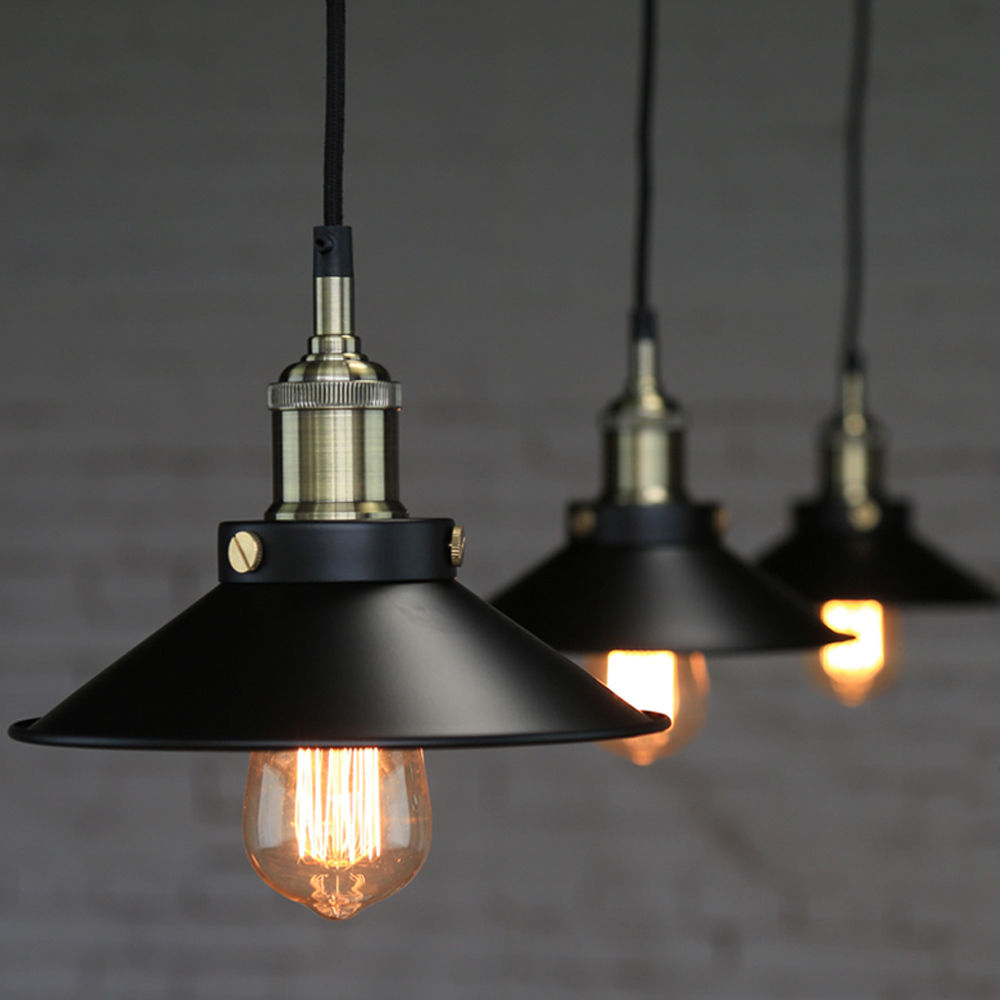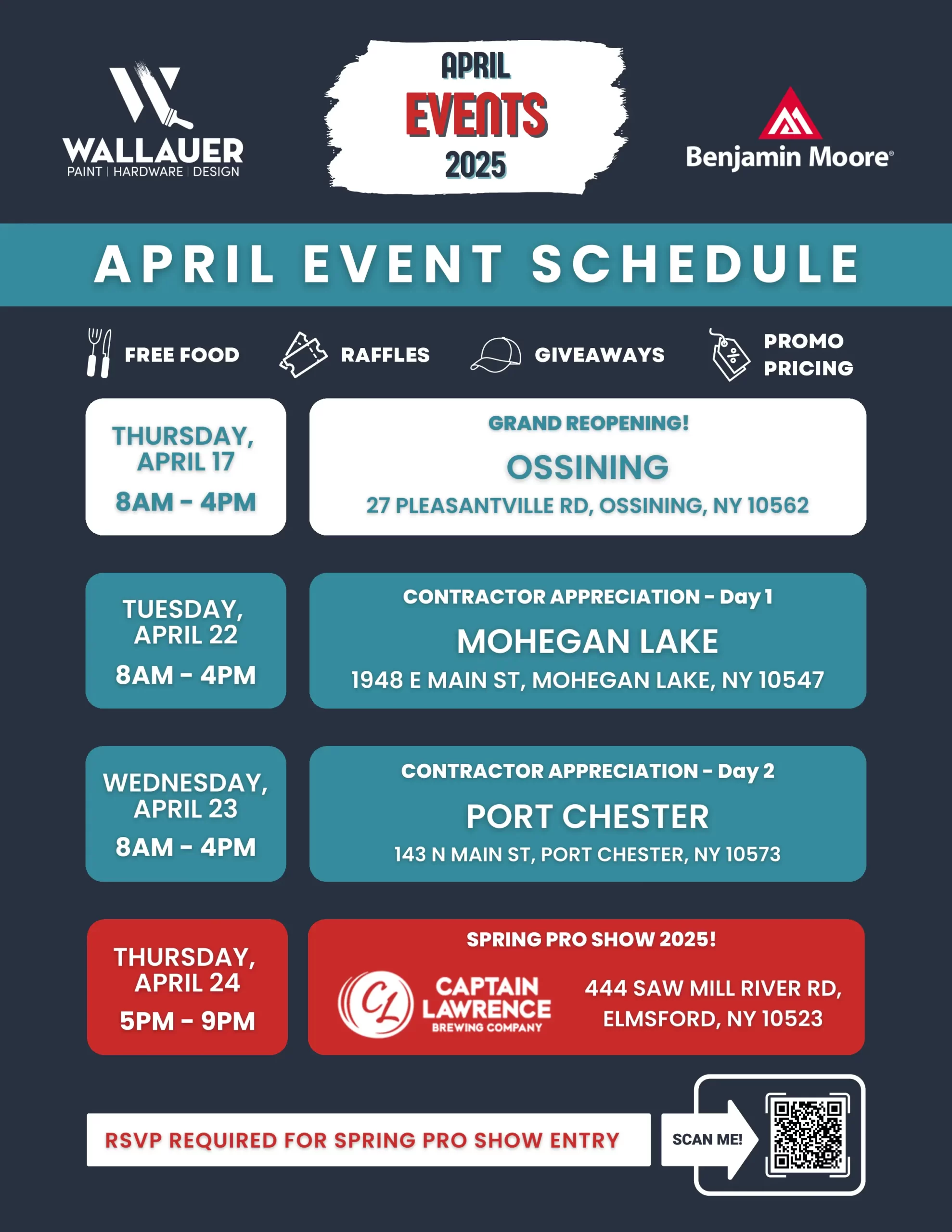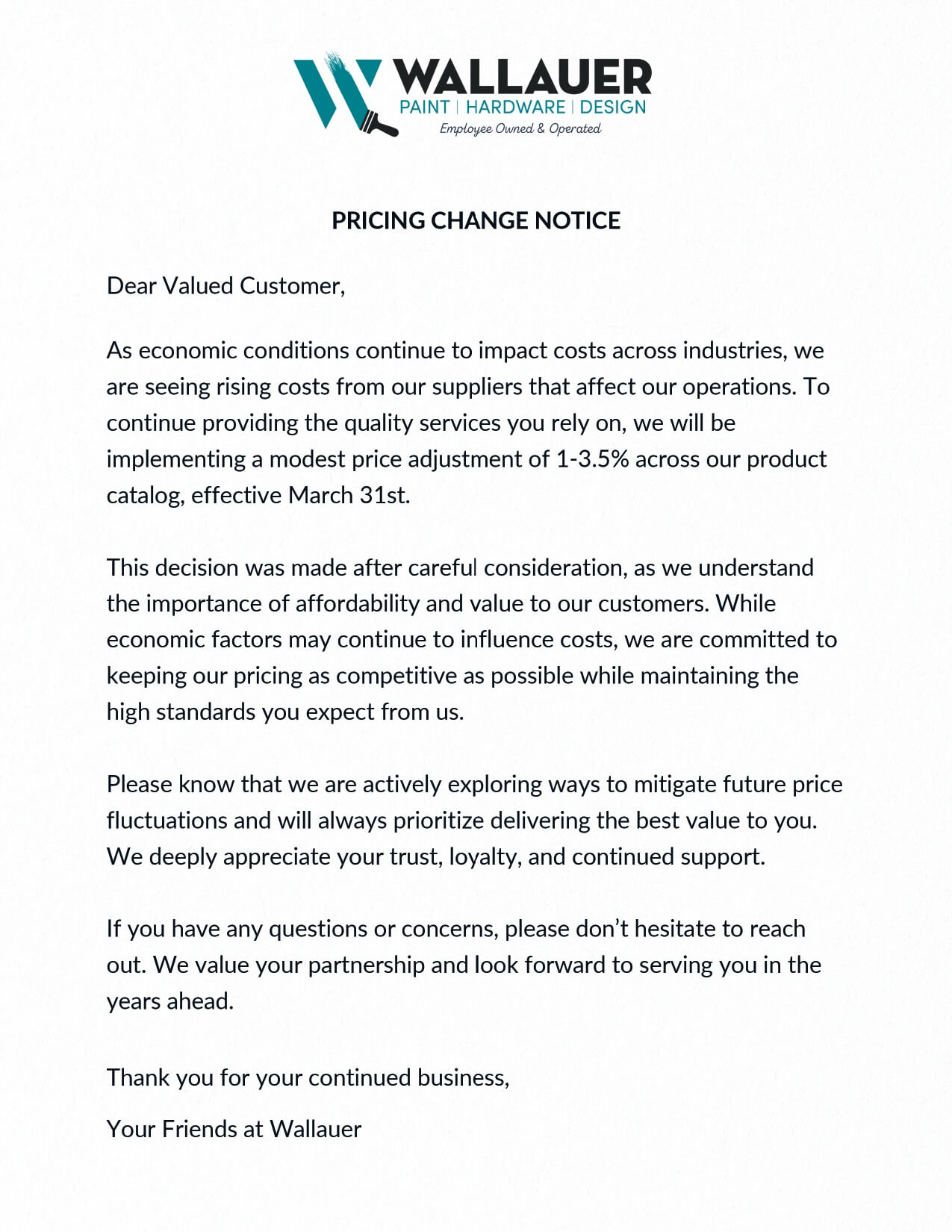Why should you be excited about the invasion of commercial styling? Because it works!
By Tammy Adamson-McMullen
You may not be aware of it, but your home is being invaded. Commercial design has been creeping into residential spaces for some time now—first into mid-century modern and contemporary décors and now into every type of residential space. It’s hard to avoid (not that you should), because so many products designed for the home are commercially inspired.
Why should you be excited about the commercial invasion? For the simple reason that it works!
Residential design traditionally has focused on creating cozy, welcoming spaces. Commercial design, on the other hand, has concentrated on both form and function, creating spaces that are stylish (to attract business) and also suitable for their intended use.
Thankfully, residential design has become a lot savvier. Today, the best designed homes not only are inviting but also work well for the people inside them. This evolution has led to exciting new home trends that draw heavily from the commercial world.
Mixed Materials—A distinctive characteristic of commercial design is the way it mixes materials (metal, stone, brick, tile, concrete, glass, leather, fabric, acrylic and so on) as well as textures (smooth with rough, silky with nubby and shiny with matte).This mixed look also is one of the most replicated in home furnishings, creating pieces that are both aesthetically pleasing yet stand up to wear and tear.
Popular mixed furnishings include upholstery-backed chairs with bonded leather seats; ceramic vessel sinks on concrete, tile or stone countertops; live-edge tables with iron-forged legs; glass shelving framed with metal pipes; and velvety sofa cushions mounted on wooden plinths. This mixed-materials look is so popular that it can be found in just about any décor.
Lighting—Commercial lighting is the rage in home décor. Some of the more common commercially inspired fixtures include LED light strips, recessed lighting, orbital chandeliers, galvanized cage lamps, pulley-mounted wall and ceiling lights, backlit mounted cubes and telescoping spotlights. Many of these fixtures have a space-age vibe, others have a warehouse feel. Either way, they offer the advantage at home of providing optimum artificial light within a small space.
Home Offices—The home office in just a short time has evolved! Gone are the desk-and-bookshelf ensembles of yesteryear, replaced by sleek commercial pieces that make great use of space. Traditional desks are being replaced by conference-style tables (that allow you to spread out); supply cabinets by bins that can be stored under the table; and bulky bookshelves by open or modular wall shelving. All of these accoutrements are drawn directly from the commercial realm, as are adjustable computer tables that give you the option of sitting or standing while you work.
Paint Color—Neutral and natural color schemes dominate in commercial spaces because they promote serenity and a sense of well-being. If this sounds familiar, it’s because these same color schemes are popular in residential spaces, too. In both settings you’ll find complex grays, taupes, creamy whites, charcoal browns, misty blues, grayed purples and a wide range of greens.
These color schemes often are accented by metallics and punctuated by bright pops of color, such as neon yellow, mango orange, tomato red, lime green, or cobalt blue. In commercial design, color pops help to energize workers, attract business and induce sales; in residential design, they allow homeowners to further personalize their spaces.
Wallcovering—As popular as ever, residential wallpaper has taken on many of the hallmark characteristics of commercial wallcoverings. These include abstract, painterly prints; nubby textures; glittery metallic accents; and classic images like fleur-de-lis. Murals also are back in vogue—in fact, they may never have been more popular—and can be found not only in restaurants, bank lobbies, hotels and doctor’s offices but in every room of the home.
Other Elements—There are additional elements moving from the commercial to the residential realm, especially at the high end. They include:
- Glass walls—You’ll find these dividers most often in high-end new construction. They’re typically specified for more public areas of the home, such as stairwells.
- Commercial grade—Commercial products are made to last. That’s why more and more consumers are purchasing commercial-grade furnishings, building materials and decorating products when their budget allows.
- Industrial supplies—Tension cables, wire mesh panels, plumber’s pipe, tubing and similar industrial supplies are being used to create avant-garde stair rails, shelving and other features. This craze, which is trending worldwide in both high-end commercial and residential design, has been around for several years and shows no signs of peaking.

 Interior Paints
Interior Paints Exterior Paints
Exterior Paints Primers
Primers Stains & Clears
Stains & Clears
 Paint Brushes
Paint Brushes Paint Roller
Paint Roller Paint Trays & Liners
Paint Trays & Liners



